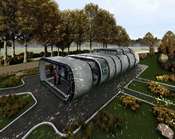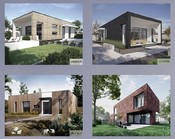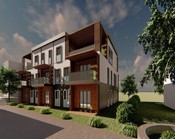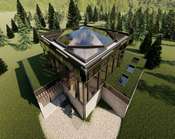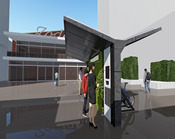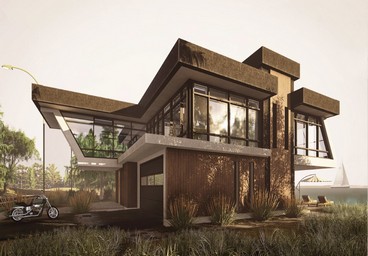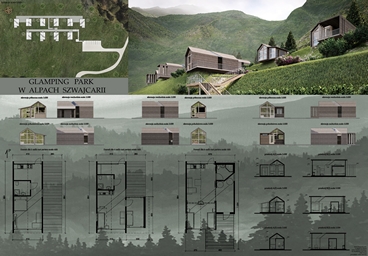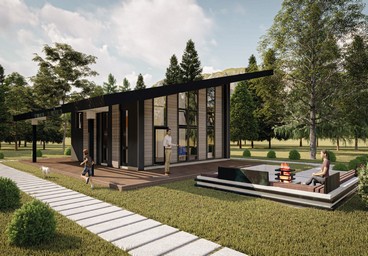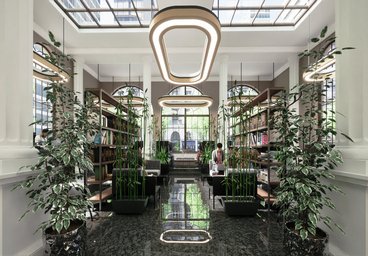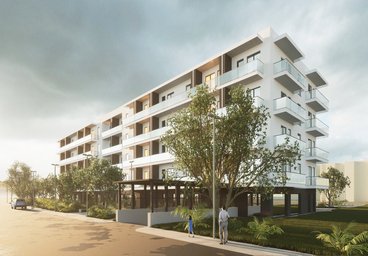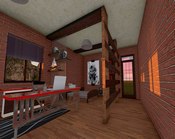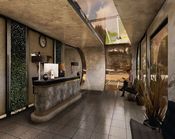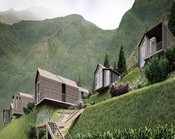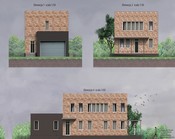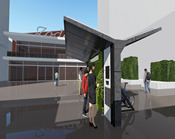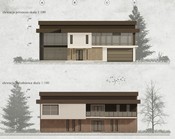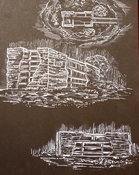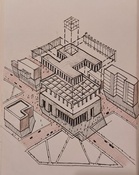There is more about my EU projects
Integration with nature of urban spaces and architecture
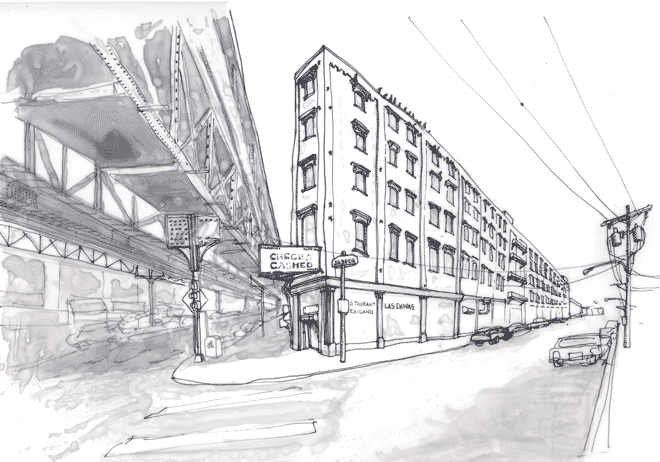
Modern Architecture is a new trend and yet old. Modern Architecture emerged in the mid 20th century, and still, It is one of the most amazing things that has changed the world around us. Today, Modern design principles help connect society and are seen in the construction of schools, homes, and even bridges and highways.
A boom in the urban population
Modern architecture also attempted to help solve a practical problem: a boom in the urban population. Immigration and new industries like steelmaking were attracting people from rural areas to cities, and there was a need for new offices, factories, and housing to keep up with growth. New mass production techniques meant buildings (and furniture) could be produced quickly and relatively cheaply.
Over the years, Modern architecture spread around the world and expanded to include regional adaptations, which met local needs and design sensibilities. Modern architects also explored how materials could influence design.
Engineering Advancements:
Engineering techniques developed to the point where structures could employ those new building materials, giving architects the freedom to design buildings that were no longer dependent on thick, load-bearing walls to stand up. This allowed them to grow taller (i.e. skyscrapers). Buildings could become thinner, lighter and could incorporate large glass surfaces. They could have larger floor plans with bigger interior spaces, since fewer walls were needed, and outer walls could be designed in expressive ways that traditional brick and mortar structures couldn’t support. Especially in the early days of Modern architecture, architects and designers used new building materials and construction techniques experimentally, without a clear understanding of how they would perform and age over time.
